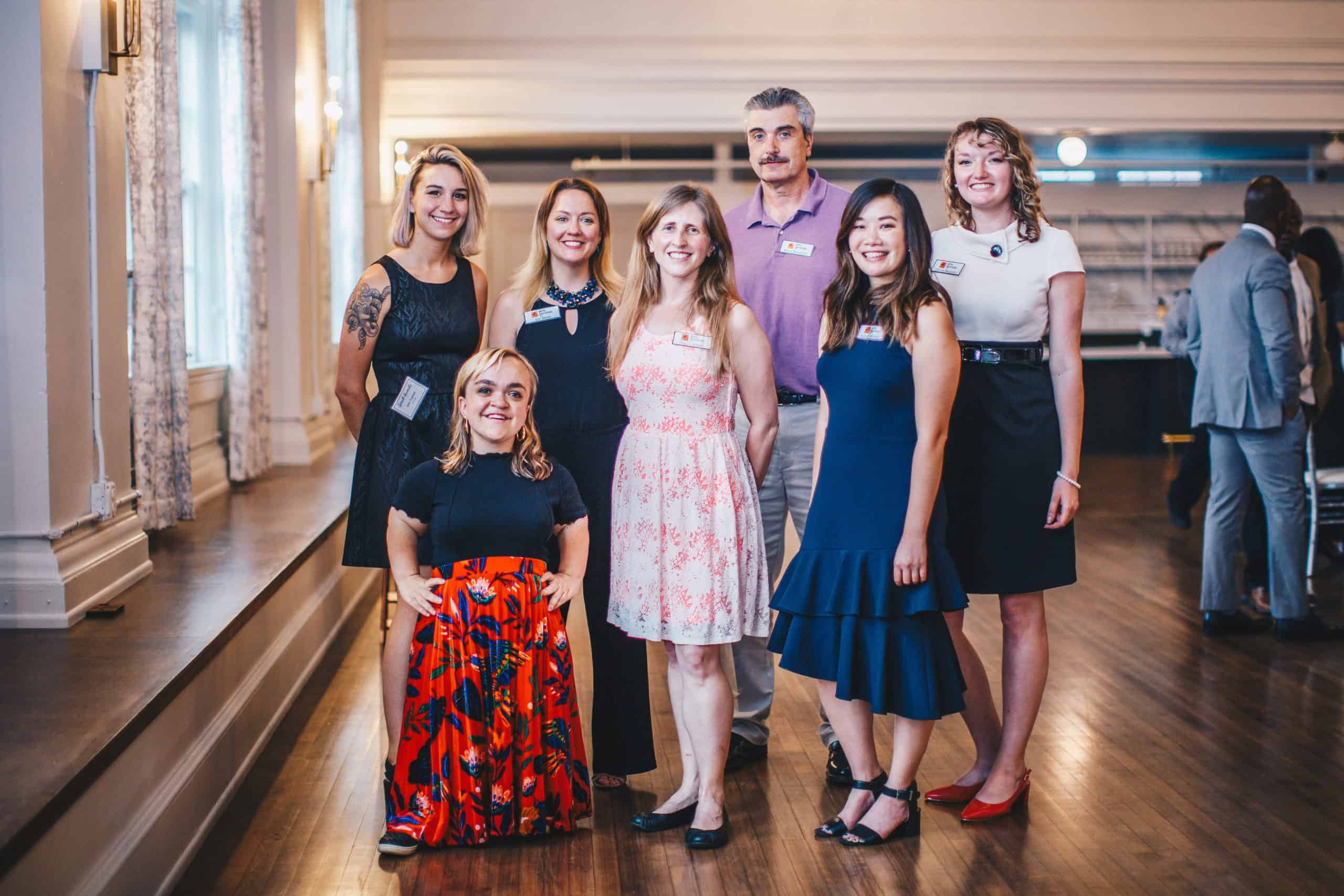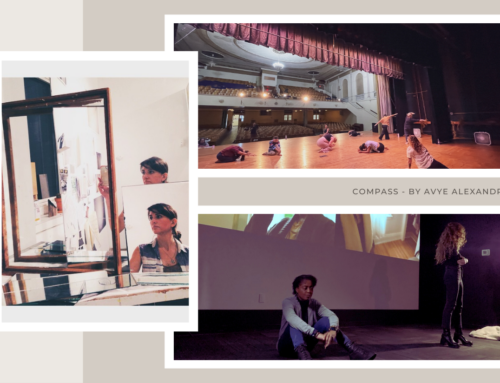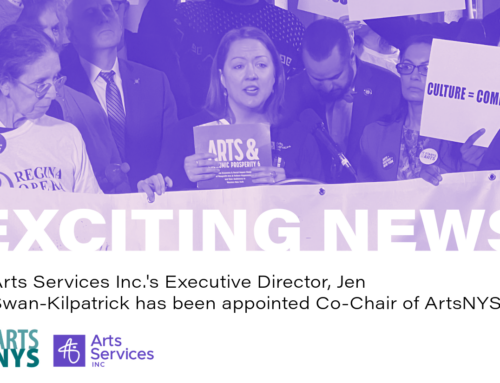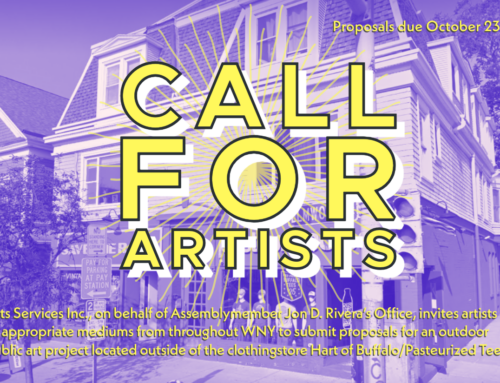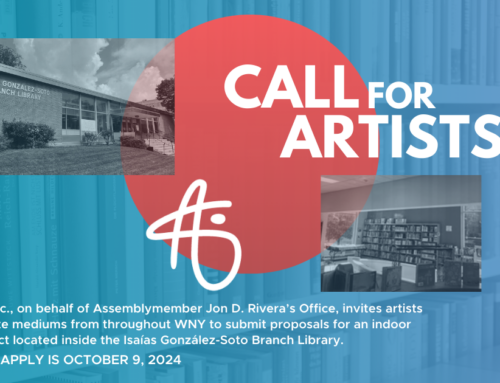Over the course of the next year we’re hitting the road and collecting data for the Arts & Economic Prosperity 6 study through Americans for the Arts at events across the five counties of Western New York. At each event, we’ll be surveying a sample of audience members which will paint the picture of the total economic impact that the arts has on our region.
What you can expect during this audience survey collection period:
- If you see us at an event, please stop by to say hello and take the survey! The survey will take approximately 5 minutes to complete and consists of 13 questions regarding expenditures related to the event, level of agreement on social impact topics and additional demographic information. The survey must be taken on site.
- We have assembled a team of friendly arts enthusiasts who will be present at events to offer surveys to be filled out in paper form (English or Spanish) or as a scannable QR code available in English, Spanish, and 19 additional languages. These team members will be distinguishable by official ASI t-shirt and name badge and will most likely be situated by the event entrance or exit.
- We are working with nonprofit arts organizations to determine which events to include in the survey portion of this study that will ensure equity and inclusion by centering and representing BIPOC (Black, Indigenous, People of Color) and ALAANA (African, Latinx, Asian, Arab, Native American) identifying communities.
Why do we need these audience surveys?
What makes the economic impact of arts and culture organizations unique is that, unlike most other industries, they induce large amounts of event-related spending by their audiences. For example, when patrons attend a performing arts event, they may purchase dinner at a restaurant, eat dessert after the show, and return home and pay the babysitter. These expenditures have a positive and measurable impact on the economy. The AEP6 study measures this impact and changes the conversation about the nonprofit arts and culture industry from one that may often be considered a charity (worthy of support in prosperous economic times, but hard to justify in challenging times) to one of an industry that supports jobs, generates government revenue, and is a cornerstone of tourism.

